|
Dr Tom Cromarty Editor Interests: Paediatric Emergency Medicine, Medical Engagement and Leadership, Simulation, Quality Improvement, Research Twitter: @Tomcromarty |
Welsh Research and Education Network
WREN BlogHot topics in research and medical education, in Wales and beyond
Dr Celyn Kenny Editor Interests: Neonates, Neurodevelopment, Sepsis, Media and Broadcasting Twitter: @Celynkenny |
|
Rebecca Broomfield Maximising impact 13th-15th November, Southport Theatre and Convention Centre Once again I was privileged to attend the Association for Simulated Practice in Healthcare annual conference. The train journey to get here was epic but the conference was def. worth the travelling. The conference started with a Tuesday Evening Keynote after a day of workshops. An inspiring first session from Professor Tim Draycott. He spoke about simulation giving teams a chance to 'Have another go'. Team training and teams who train together the communicate well and share leadership. But he demonstrated many examples where teams training together did not improve outcomes. So therefore what is it about a team which makes them more effective? Professor Draycott suggested that teams who did this stated the emergency earlier, the amount of directed commands was higher and they communicated using an SBAR model (Situation, Background, Assessment, Recommendation) In teams that were training together but not seeing improvement in their outcomes he suggests looking further and ensuring that the equipment used is appropriate and that the simulations are standardised, like a recipe. He asks whether as we move forward we should be looking at simulation and evaluating it as we do pharmacological drugs - can we make it a qualy? This would engage and influence the policy makers. Could we offer insurance discounts to hospitals who regularly participate in team simulation and show that this has increased patient safety. We need to give simulation a value. He also suggested that simulation could be use to understand problems and help make the right way the easiest way. Therefore identifying ways which the system needs to change by running simulations. It is more than just knowledge transfer. Day 2 Day 2 began with one of the most inspiration speakers I have seen at a conference. Dr Kimberley Stone From Seattle Children's hospital spoke about using simulation to test out the design of a new children's hospital. They got the designers to mock up a card board version of areas such as the research room in the emergency department and the kitchen so they could run through how the rooms flowed and worked. When they found significant flaws in the design of the resus room they were able to redesign it and make it fit how they wanted it to work, all using simulation. Once the bricks were laid and the hospital was ready to open the simulated 'a day in the life of …. ward' before a patient stepped foot in the door. They were able to identify latent threats and patient safety issues and correct them without any chance for patients to come to harm. This offered me a completely different view of simulation and one which I had not thought of using simulation for but when you look at it, it makes complete sense. If we can do practise runs in the hospital before it's built we ensure that equipment is where we need it to be and patient flow is optimised. If we then SIM each area before it is used we can identify all the latent threats and eliminate them before they become close to making it into patient care. This use for simulation looks fantastic and in the future this should become the norm. Breakout sessions then commenced with a variety of talks on exciting projects which are happening around the country. I was particularly interested in Doreen Stockdale's presentation on running a 'Dragons Den' type competition for midwifery students to design an app which introduces the students to simulation teaching and how it works. It is often forgotten when you have been doing simulation for a while that to others it is an alien teaching form and they don't know how to do it. The app is in the process of being made and has 3 area's - Know yourself, know others and Get to know the story. I'm looking forward to seeing it finished and whether we could use it with our undergraduate students or nursing colleagues as an introduction to simulation. The next keynote was delivered by Professor Nick Sevdalis He spoke about moving simulation from looking at Efficacy (can I work?) to Effectiveness (Does it work?) Looking a scaling up simulation training programs and how we can make it work. Followed by more breakout sessions. The most interesting session I attended focused on developing non technical skills recognition for junior doctors through simulation teaching. This involved designing a 'Bingo' type card for simulation observers to focus on different human factors while the simulation session was going on rather than be passive observers. This helps in developing the knowledge of the junior doctors in human factors. The final keynote speaker on day 2 was Paul Gowen's who is the Lead consultant paramedic for the Scottish Ambulance service. He demonstrated the fantastic work which the Scottish Ambulance service has been doing for out of hospital cardiac arrests and was a very dynamic speaker, I would recommend watching his talk on catch up for a reminder about why we are all focusing on simulation to improve patient outcomes. After a meeting of the Paediatric special interest group was done it was onto the conference dinner. Photo's of this will not be shared but I loved the addition of a mini conference photo booth! Day 3 Day 3 started with 2 keynote speeches. The first delivered by Dr Neil Ralph @DrNRalph from Health Education England who shared the notion that we should be investing in the people who deliver the simualtions and focusing more on faculty development as well as working with e-LfH to offer e-learning around simulation. Followed by Professor Bob Stone who tooke the whole room into a world of virtual reality being utilised in the armed forces and how this can be applied to healthcare. He focused very much on 'Humans first, technology second' Mixed reality in healthcare is not yet fit for purpose but its developing fast and new opportunities are emerging. plus the simulation for evacuation of casualties on the helicopter looked absolutely fantastic. His keynote offered us a taste of what is yet to come, and it could make simulation even more exciting. I presented in the next breakout session the falls project detailed below. After lunch their were further breakout sessions to see what everybody else was doing within simulation around the country and learn about the introduction to the STEP program which ASPiH has developed to aid with the development of simulation technicians. The closing keynote was delivered by Bryn Baxendale. Who spoke about the development of health teams. I was lucky enough to get the opportunity to present some of the work we have been doing in Cardiff and Vale within the medical education team in simulation. Within Cardiff and Vale we have reorganised the way we have been creating and structuring our simulation courses. We have been making these more mutli-disciplinary and therefore focusing on team work within the NHS. We know that increasing team work increases productivity and improves patient safety. We have also been evaluating our simulation more effectively and have been able to show statistically significant increases in confidence and knowledge following attendance at a simulation course. We are creating simulation courses around significant targets for the trust such as the reduction of falls. I was lucky to present orally a project we did with the Trauma and Orthopaedic department. We created a patient story simulation from admission to post theatre in order to improve the confidence of the Foundation Doctors with patient management. This has been a very successful course which significantly improved the confidence of the trainees who have been through it. The second oral presentation I gave was on the Falls project. We are keen to develop simulation around significant patient safety issues and falls prevention and management has been highlighted as one of these. We have been working with a ward in our hospital and lead nurses have been trained in teaching simulation and are now delivering it to their teams. Again this project has been very successful. The two poster presentations are below and focus on a further 2 simulation course which are available. I was grateful to get the opportunity to present the fantastic work we have been doing in Cardiff and Vale to a wide audience. In summary, if you have any interest in simulation I would absolutely recommend that you put the ASPiH conference in you diary to attend, next year is in Belfast. The keynote speeches from this year can be found at: https://www.youtube.com/playlist?list=PLzm6Ad9XIwxksSlhE9BK4IQY2kOpKvxUJ Thank you to the ASPiH team for giving me the opportunity to present our work and to Cardiff and Vale for enabling me to attend this fantastic conference which has given me lots of exciting ideas. For more information:
Last years blog can be found here: https://www.wrenpaediatrics.com/blog/its-all-about-simulation ASPiH website: http://aspih.org.uk/ Follow on twitter: @ASPiHUK Conference website: http://www.aspihconference.co.uk/
1 Comment
12/12/2018 09:30:54 am
Attending an event like this is a good opportunity for you to lawn and meet new colleagues who share the same interest with you. It was an honor to b part of Association for Simulated Practice in Healthcare annual conference, that's why I am so happy that you got the privilege to be there. There were couples of workshops that were held, and I am hoping that you have learned a lot from these workshops. More than anything else, you were able to meet new people who you can share your professional knowledge with! This is pretty exciting!
Reply
Leave a Reply. |
Editors
Dr Annabel Greenwood Categories
All
|



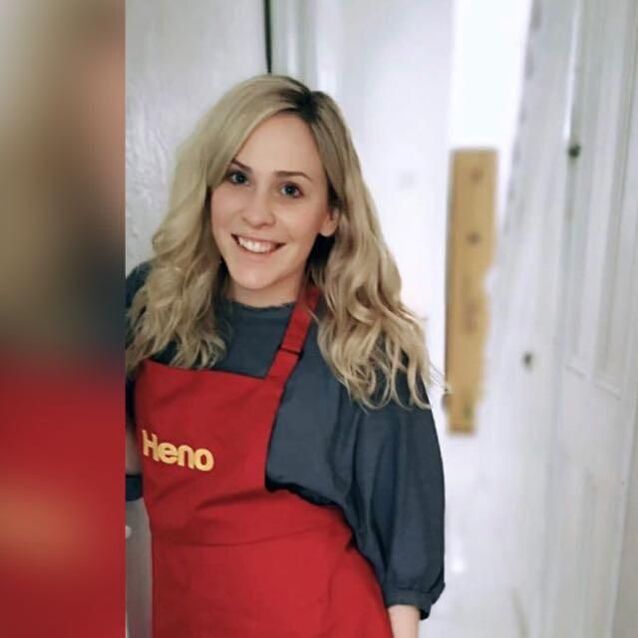
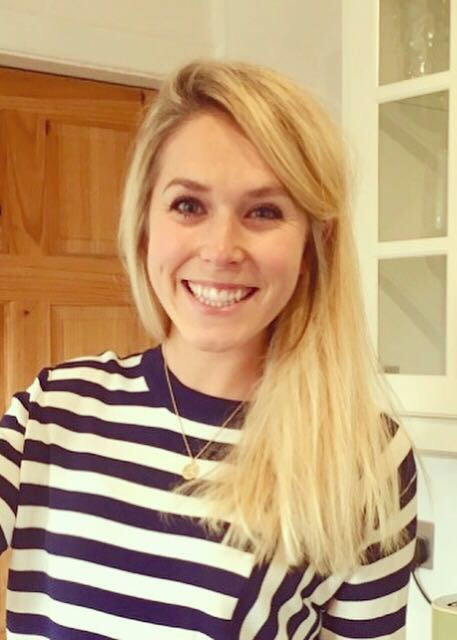
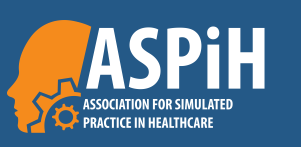

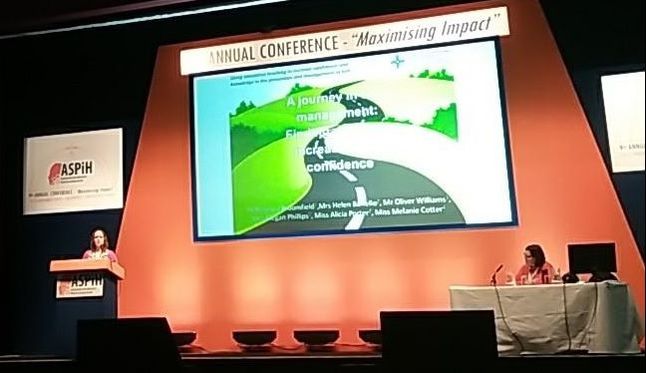
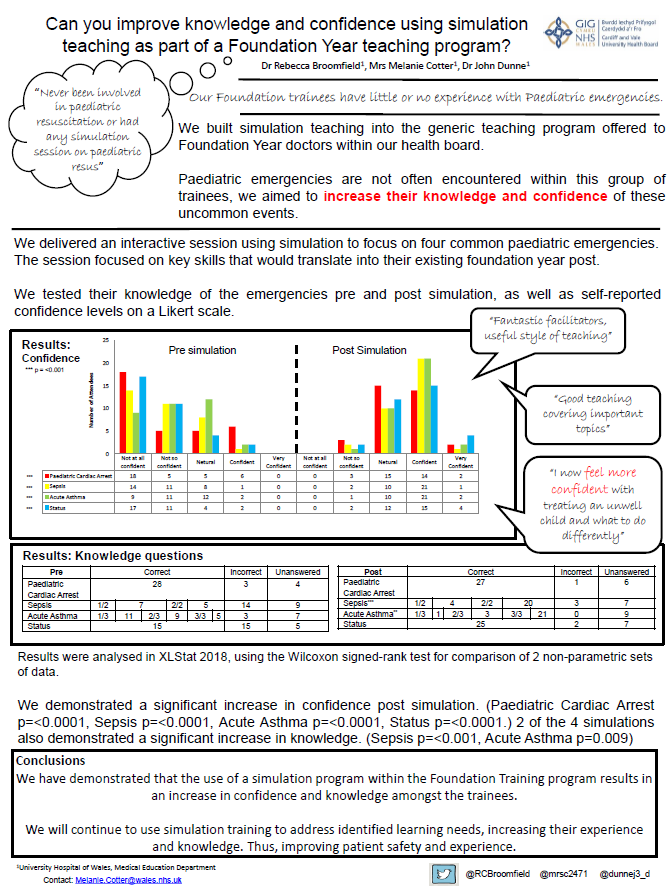
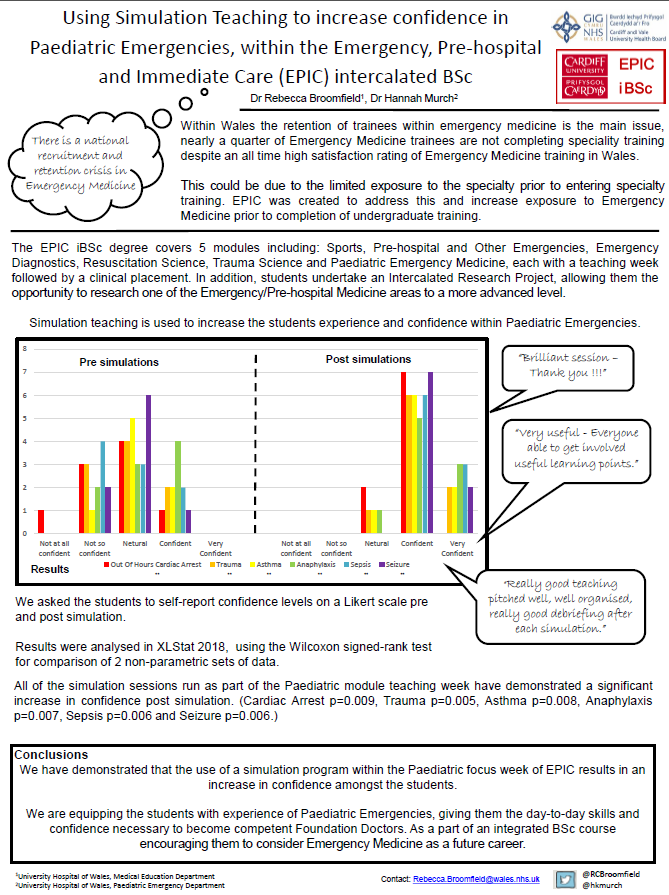
 RSS Feed
RSS Feed
